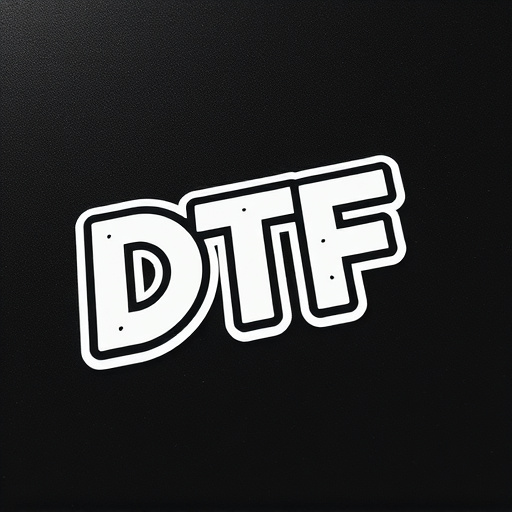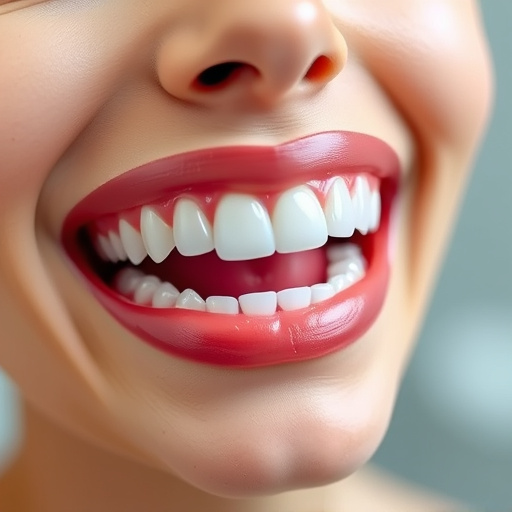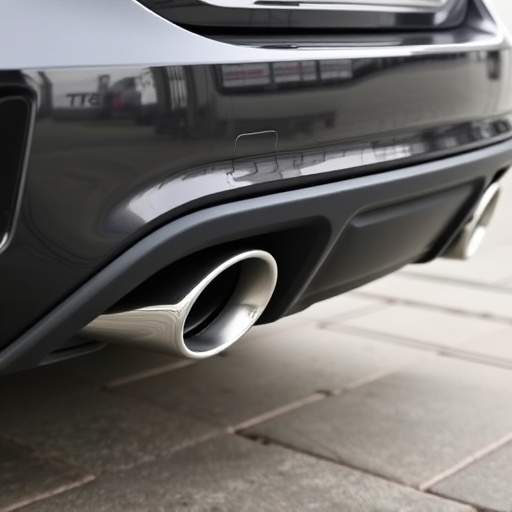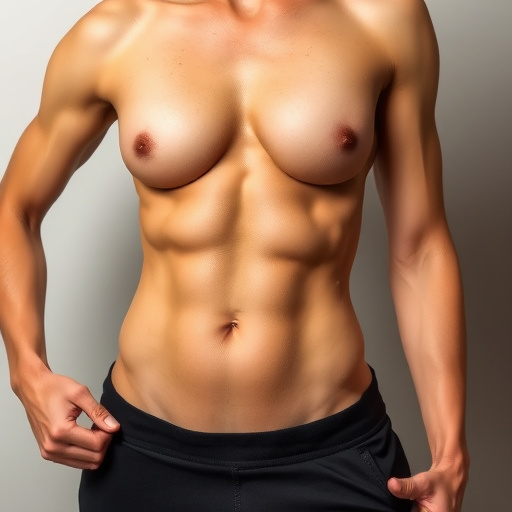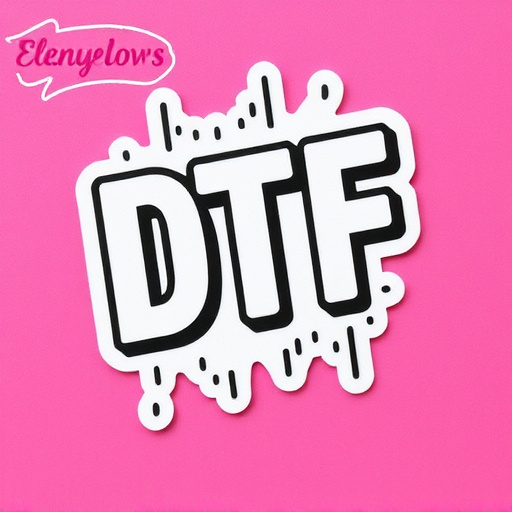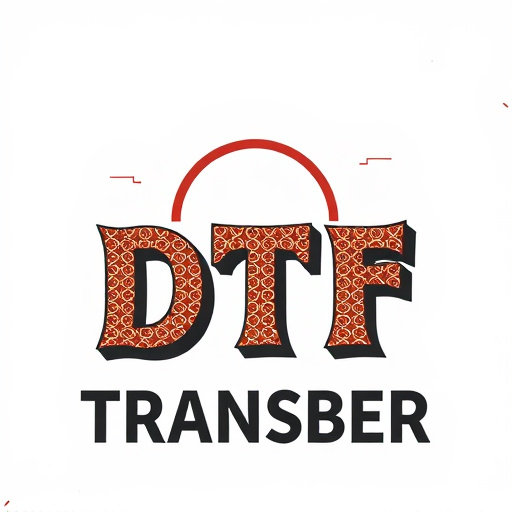Direct-To-Fabric (DTF) transfers are transforming textile printing with their precise application of digital designs onto fabric using heat-activated adhesives. This technology offers unparalleled speed and versatility for customization in fashion and sportswear industries, eliminating drying times. DTF prints deliver high-quality, vibrant results on various fabric types. Pre-made DTF transfers provide convenience, eliminating setup processes and enabling quick production runs suitable for small batches or mass manufacturing. The ideal DTF transfer selection depends on the fabric type and intended use, with cotton popular for breathability and ease of printing. Best practices for heat treatment include inspecting transfers for damage, cleaning substrates, accurate positioning, and precise heat application according to manufacturer instructions.
“Unleash your creativity with pre-made transfers, a game-changer in the world of DTG (Direct-to-Garment) printing. This comprehensive guide delves into the intricacies of DTF Transfers: from their understanding and printing process to the myriad benefits they offer. Discover how these ready-to-heat applications revolutionize clothing design, catering to various projects. Learn the art of choosing the perfect DTF transfer and master successful application techniques. Explore the versatility of DTF prints, leaving a lasting impact with vibrant, unique designs.”
- Understanding DTF Transfers: A Comprehensive Overview
- The Printing Process: From Design to Ready-to-Heat Transfer
- Benefits of Using Pre-Made DTF Transfers
- Applications: Where DTF Prints Excel
- Choosing the Right DTF Transfer for Your Project
- Best Practices for Applying DTF Transfers Successfully
Understanding DTF Transfers: A Comprehensive Overview
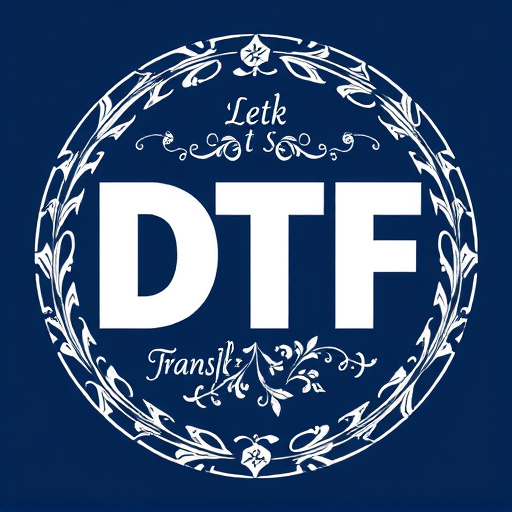
DTF Transfers, or Direct-To-Fabric (DTF) transfers, represent a cutting-edge innovation in the textile printing industry. This technology enables precise and efficient application of designs directly onto fabric through heat-activated adhesives. DTF is a game-changer for various industries, from fashion to sportswear, offering unparalleled versatility and speed in garment customization.
DTF Printing involves a meticulous process where digital artwork is carefully transferred onto special paper that serves as an intermediate carrier. This paper, pre-coated with a heat-sensitive adhesive, is then pressed or heated against the fabric, securely bonding the design. The key advantage lies in its instantaneity; once heated, the adhesives instantly fix the print onto the fabric, eliminating the need for lengthy drying or curing times often associated with traditional printing methods. This swift turnaround makes DTF ideal for rapid production runs and on-demand custom printing. Moreover, DTF Transfers deliver high-quality, vibrant prints, ensuring that intricate designs and detailed graphics are reproduced accurately on various fabric types.
The Printing Process: From Design to Ready-to-Heat Transfer

The journey from design to a ready-to-heat DTF (Direct to Fabric) transfer involves a meticulous printing process that ensures high-quality results. It begins with graphic designers creating or modifying artwork using specialized software, incorporating text, graphics, and images tailored for the desired fabric. These designs are then prepared for printing by setting the correct color profiles and ensuring optimal resolution.
Once ready, the DTF printing process takes over. Inkjet printers with specific DTF capabilities precisely deposit dye onto a special heat-transfer paper. This paper acts as a temporary carrier, holding the design until it’s transferred to the fabric. The printed DTF transfer is then cut precisely around the design, leaving no background waste. Now, what was once a digital image is a physical, ready-to-apply stencil, prepared for immediate heat application onto various fabrics.
Benefits of Using Pre-Made DTF Transfers
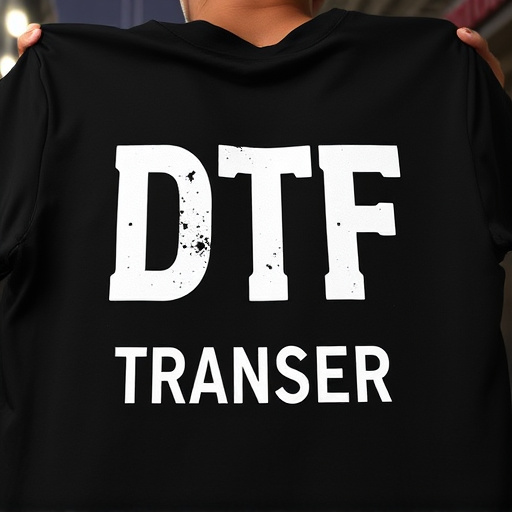
Using pre-made DTF (Direct to Fabric) transfers offers numerous advantages for designers, artisans, and businesses looking to create high-quality prints swiftly. One of the key benefits is their convenience; these transfers are ready to use straight out of the packet, eliminating the need for intricate setup processes. This time-saving feature enables quick production runs, making them ideal for small batch projects or even mass manufacturing.
Additionally, DTF transfers ensure consistent and vibrant color reproduction. The printing technology used in DTF allows for a wide color gamut, delivering rich, lasting prints on various fabric types. This versatility means artisans can experiment with different materials, knowing their designs will be accurately transferred. Moreover, pre-made DTF transfers provide a cost-effective solution, reducing the overhead of owning specialized equipment, as they are designed to work seamlessly with standard printing and heat application techniques.
Applications: Where DTF Prints Excel
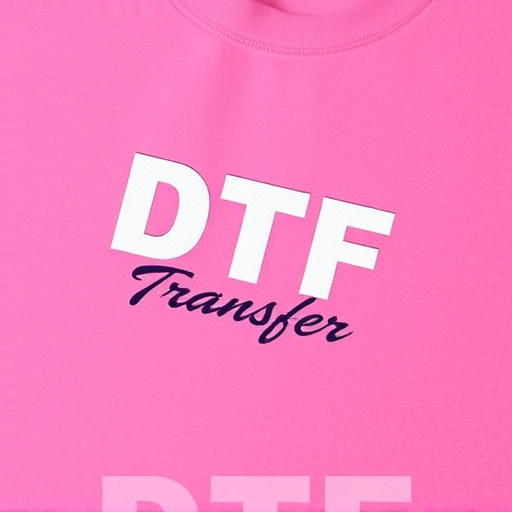
Direct-to-fabric (DTF) transfers are a game-changer when it comes to printing on various materials, especially for those requiring immediate heat application. These pre-made transfers excel in numerous applications, offering a quick and efficient solution for businesses and individuals alike. From customizing clothing to creating promotional items, DTF prints have become a popular choice due to their versatility and high-quality outcomes.
One of the key strengths of DTF transfers is their ability to produce vibrant and detailed designs on a wide range of fabrics. Whether it’s cotton, polyester, or even delicate silk, DTF printing ensures that the final product retains its colorfastness and durability. This makes it ideal for fashion designers, small businesses, and enthusiasts looking to add personal touches to their garments, bags, or accessories. Additionally, the convenience of having pre-made transfers ready for heat application saves time and effort, allowing users to focus on creativity rather than technical processes.
Choosing the Right DTF Transfer for Your Project

When selecting a DTF (Direct to Fabric) transfer for your project, consider the fabric type and its intended use. Different fabrics have varying levels of absorbency and stretch, which can impact print quality. For instance, cotton is a popular choice due to its breathability and ease of printing, while synthetic blends might require specific DTF inks designed to adhere better to their structure.
Additionally, determine the level of detail and color vibrancy needed for your design. DTF Printing offers exceptional precision, allowing for intricate patterns and rich colors. High-resolution graphics with fine lines and multiple color layers will look best on suitable materials using the right DTF transfer. Choosing the right transfer ensures that your final prints are not only visually appealing but also long-lasting after heat application.
Best Practices for Applying DTF Transfers Successfully
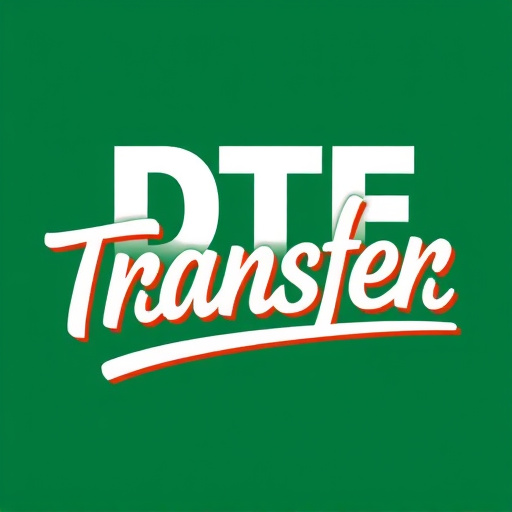
When applying pre-made DTF transfers for immediate heat treatment, adherence to best practices ensures optimal results. First, carefully inspect the transfer to ensure it’s intact and free from any defects or creases before application. Proper surface preparation is paramount; clean the substrate thoroughly, removing any grease, dust, or contaminants that could impede adhesion.
Next, position the DTF transfer accurately, aligning the adhesive side with the target surface. Apply pressure evenly across the entire transfer using a smooth motion to ensure complete contact. Heat application should be precise; follow the manufacturer’s guidelines for temperature and duration to achieve successful fusion without damaging the substrate or the transfer itself.

